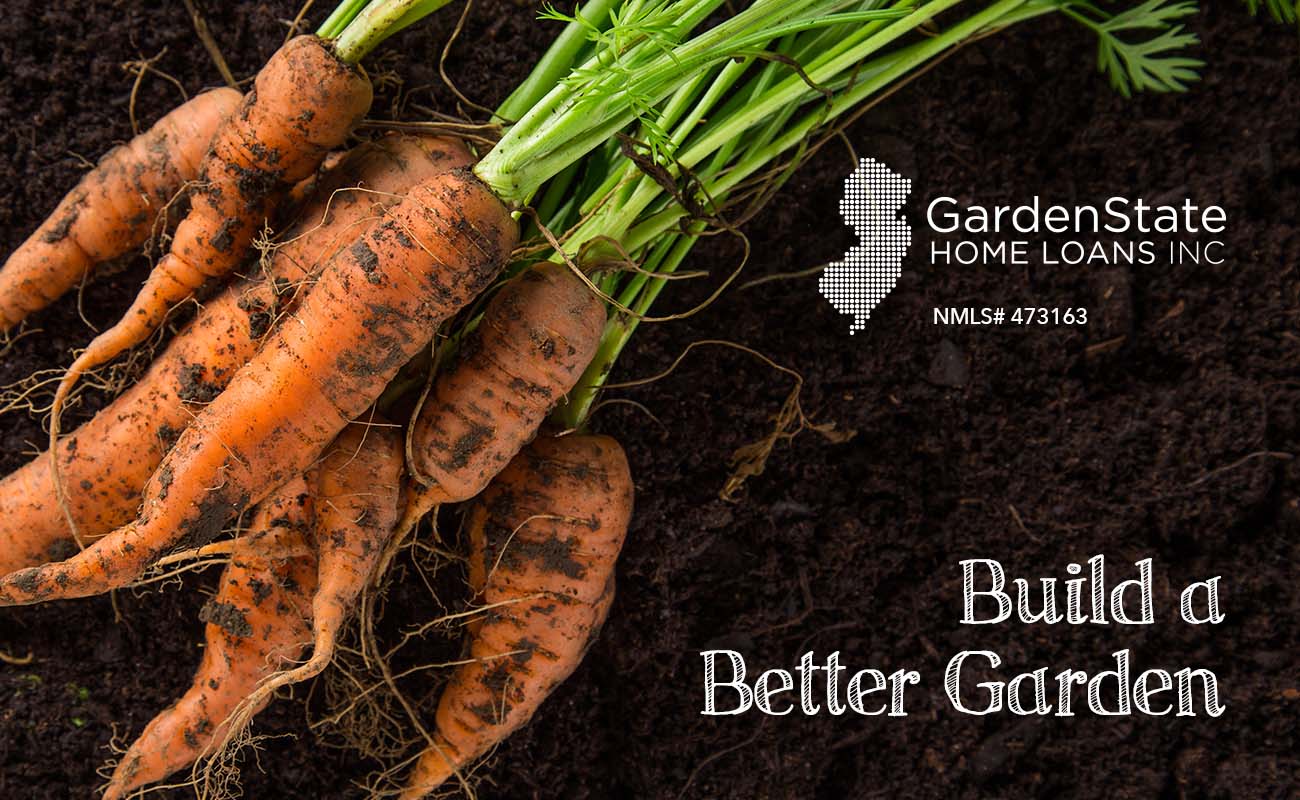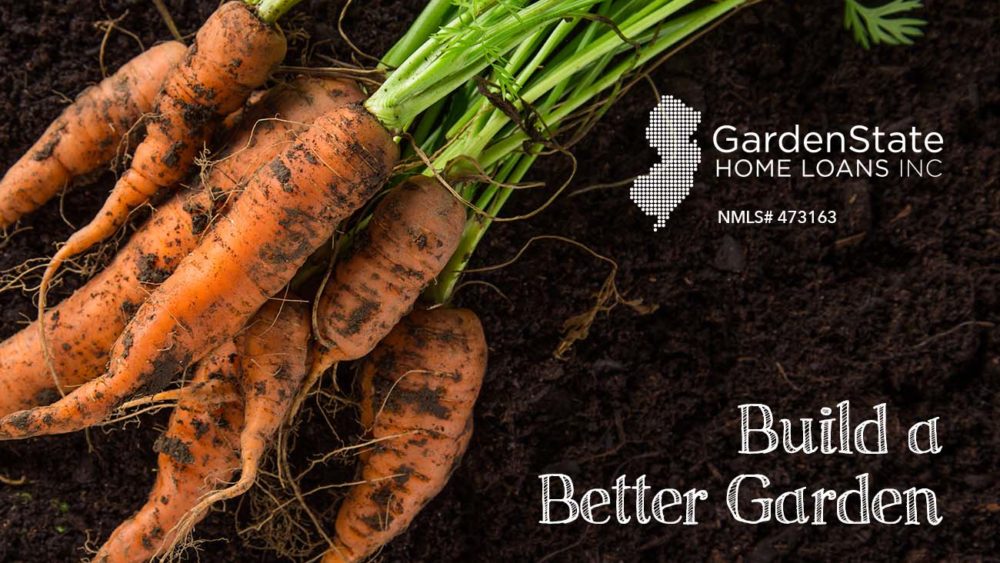
A summer garden is a great way to get fresh vegetables. Here’s a few tips on building the best garden you can.
First things first, decide what vegetables you want to use! Really think about how much your family will eat because that dictates how much you are going to buy. Some vegetable plants, like tomatoes and peppers, keep supplying throughout the season whereas others, like carrots and corn, only produce once. For the plants that keep supplying, it’s likely you’ll only need a few to keep you full throughout the summer, but for the other plants, you may want to plant more of them.
Now it’s time to determine how much space you need. A veggie garden can be as big or as small as you want it, but the size dictates how much you’ll be able to plant. If you don’t have a large area to play with, you can use a deck or other space and use planter boxes instead. The perfect spot needs to fit three requirements for success: sun, water, and soil.
Most vegetables need about six to eight hours of direct sunlight a day. If they don’t get enough light, not only will they not bear as much, but they will also be more susceptible to disease or insects. Vegetables aren’t very tolerant to drought, so make sure they are getting enough water. Veggies don’t need to be swimming in water, but they need to be nourished. Finally, most vegetables do their best in moist soil that’s rich in organic material. Vegetables that have all three of these things in the environment should thrive!
There are multiple ways to design your garden, but two of the most popular ways are row cropping and intensive cropping.
Row Cropping
With row cropping, you place your crops in single file rows with a space to walk in between each of the rows. This style works best for larger gardens because it makes it easier to use any mechanical equipment. However, with row cropping, you don’t get as many veggies in a smaller space since most of the soil is used for footpaths.
Intensive Cropping
Intensive cropping has you planting a garden with vegetables in wide bands, usually one to four feet across, and however long you’d like. This allows you to design your vegetable garden however you’d like!
Your soil is one of the most important parts of ensuring your garden’s success. So before you start planting, test your soil. Soak the soil with water and wait a day. Then dig up a handful of soil and squeeze the soil hard. If any water streams out, you might want to add compost material to improve drainage. Once you’ve squeezed the soil, open up your hand. If the soil isn’t formed into a ball or falls apart, the soil is probably too sandy. If it stays together, even if you poke it really hard, your soil probably has too much clay. Your ideal soil breaks into crumbles when you poke it.
Now it’s time to dig your beds. Loosen your soil by using a tiller or your hands. Once your soil is loosened, spread out soil amendments and make sure they’re worked into the soil. Next, smooth the surface with a rake and water. Let the bed rest for a few days before you start planting.
Now that you have your bed dug and your plants planted, it’s time to make sure they’re taken care of. Like we said before, vegetables need a steady supply of water. You’ll know when to water your veggies when the top inch of your soil is dry, which may be about one to two times a week. Fertilizing your crops maximizes how much you yield. Read the bag of fertilizer to see how much you should use. Don’t overdo it, though! Too much fertilizer can actually have the opposite effect and cause you to get fewer vegetables! Additionally, make sure to look out for weeds. Weeds like to steal all the water and nutrients from your plants, so when you see them, yank them out.
Finally! It’s time to harvest! Different vegetables can be picked at different times. For example, leaf lettuce can be picked as young as you’d like as it continues to grow and produce. The general rule of green thumbs, if it looks good enough to eat, it probably is! And with many veggie plants, the more you pick, the more the plant produces, so don’t worry about losing your only yield by picking it too early.


Comments are closed.